One Minute With…
Spencer Charles
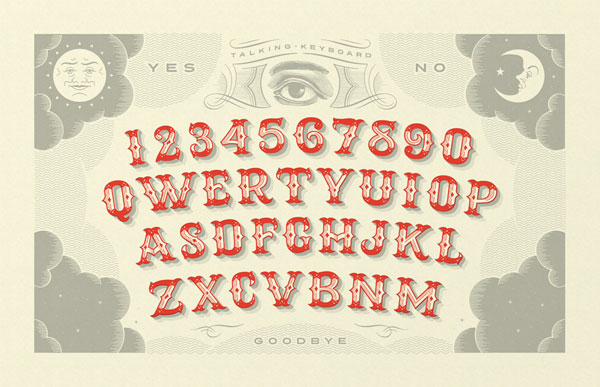
Hi Spencer, thanks for taking the time to chat with One Minute With. Tell us a little bit about yourself and your work.
Thank you for inviting me to chat, Conor! I would describe myself foremost as a letterer and typographer. I’m currently Senior Designer at Louise Fili Ltd. in New York City, a studio that specializes in design for restaurants and food packaging. Before that, I graduated from the University of Utah in 2010 with my BFA in Graphic Design, and my first proper design job out of college was working as a sign artist for Whole Foods in Salt Lake City.
Walk us through a typical day in the life of Spencer Charles.
Mornings are always very surreal to me, I often wake up very confused about my whereabouts. I’ve lived in Brooklyn for about a year and half, and I think I still haven’t been able to fully process that I live in New York, not Utah. I certainly have a normal morning regimen of getting ready for work, but it’s not usually until I’m at the studio that I feel like I can begin my day. Because of this, I make it a point to get to work pretty quickly. The commute from where I live in Brooklyn to Manhattan is about 30 minutes, and I usually pick up everything I need for the day on my way to work. On average, I get to work about 20 minutes early each day – I like to use this time to make coffee, check my email, and make a checklist of everything I need to accomplish in the day.
The work day is pretty standard 9-hour day. After work, I hurry home as quickly as possible, and spend the rest of my night working on personal projects, or freelance work.
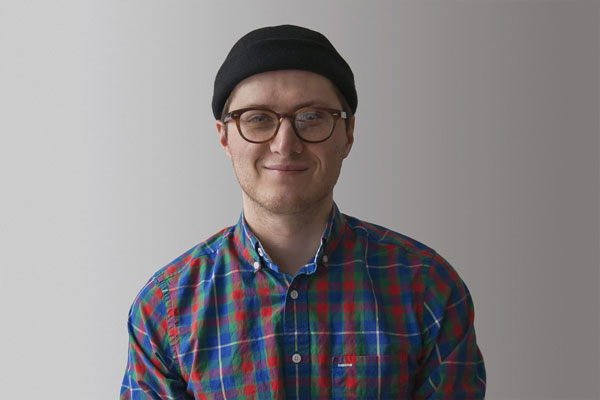
And so, on that topic: What are the differences between studio work and your freelance stuff? Do you think you’ll ever want to go totally freelance (or the flip side of that: Would you ever want to stop doing freelance altogether?)
The work I do at the studio is mostly very large scale projects. To be completely honest, at the moment, the work I do for Louise is much more rewarding than the work I am doing for myself. I’m not sure if you know much about her work or career, but she’s built up a really great oeuvre over the last few decades, and because of that, she’s in a position where she can take on only the work she finds the most rewarding. Over this last year, I’ve designed a book from start to finish featuring beautiful type vernacular, authored by her and her husband Steven Heller. I’ve also had the opportunity to rebrand and brand some fantastic and fairly well known restaurants in NYC, plus a plethora of other lettering projects. Another thing that has been really rewarding about working for Louise is that she really gives me the time to explore new techniques, and provides the necessary guidance so that I’m not wasting my time, only to end up in a dead end. Honestly, as far as a job in design, it doesn’t get much better than that. With all that being said, I still feel compelled to be doing my own work outside of the studio. I have my own questions, interests, and ambitions that can ultimately only be fulfilled by working for myself. So yes, I do believe that eventually I would like to work for myself, but at the moment, I am very happy and content with my job (which seems rather rare for most people these days).
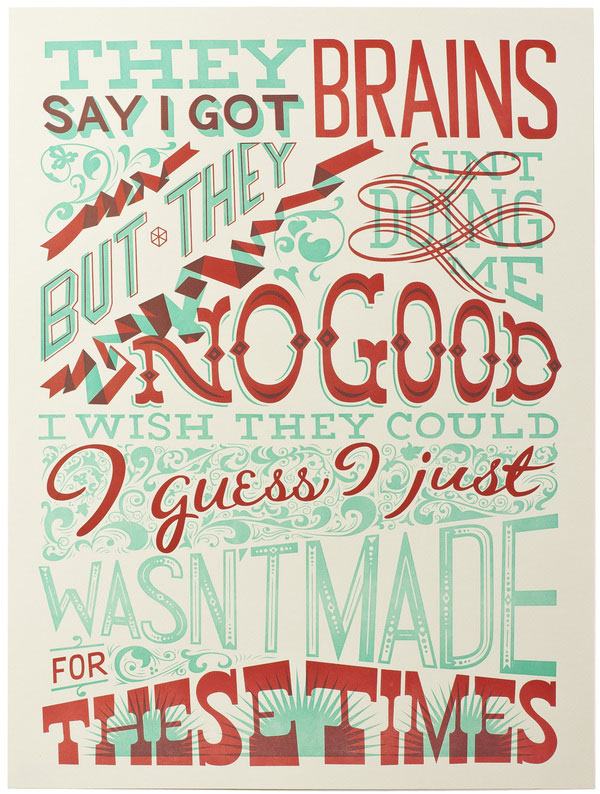
How did you get into design? Was there a defining point in your career, and if so, how did it shape you as a designer?
I love drawing. I think that first and foremost, I wanted to draw. As a teenager, I went back and forth between wanting to be an artist and an architect, and I ultimately settled upon choosing the path of an artist. I was attracted to arts ability towards individual expression, over the utilitarian functions of architecture. I guess it’s a bit ironic that I ended up in design. I enrolled in a general art program, I was a little bit interested in design at the time, but I think the thing that really pushed me towards it was seeing the discipline and precision of the cartoonist Chris Ware. I wanted to learn to draw letters and images that could evoke the same feelings that his work evoked in me. Another big turning point was interning for a fully functioning, true-to-form letterpress studio. It was amazing to me that there was this massively rich history of letterforms and images that has for the most part completely fallen to the wayside. Obviously, referencing that work has become very popular, but I don’t think most people take the time to really understand the connection of the forms to history. My first real mentor David Wolske really opened my eyes to that.
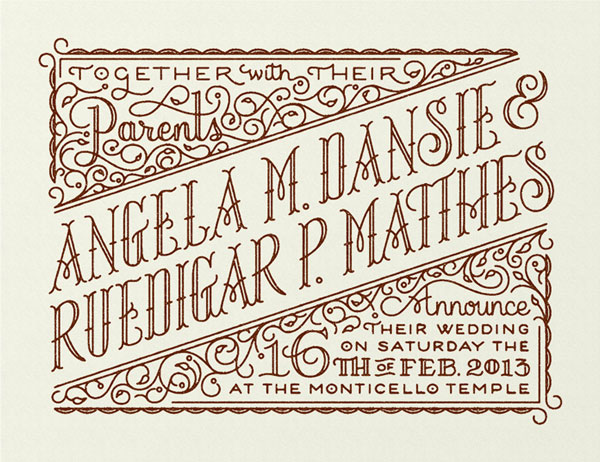
If you could change one thing about your career to date, what would it be?
Career-wise, I’m very happy with where I am. In fact, I feel unusually lucky to be where I am, as young as I am. If I could go back and do one thing differently, I think I would have explored lettering more in college. I spent much of my spare time in college playing music, which was a great outlet, but I think I could have really developed my lettering skills then. It wasn’t until I graduated and started working at Whole Foods that I really started to push myself to learn how to draw letterforms.
You just recently published Black Creek, your first commercial font. What was this process like, compared to lettering? What new challenges did it bring?
The process wasn’t unlike many of the other large projects I’ve done for Louise. The first 25% of the work is exhilarating, pure creation. The rest is very technical, mundane, and repetitive work to ensure that the font works as a whole. Very fortunately, Black Creek is steeped very heavily in the American wood type tradition, so I could get away with not designing most auxiliary glyphs.
When designing a font as opposed to lettering, you have to make a lot of compromises to get the whole puzzle to fit together. I found that some of the letterforms I had started off with in my sketches weren’t working in the context of the font. Plus, kerning pairs are a whole other beast unique to designing a font.
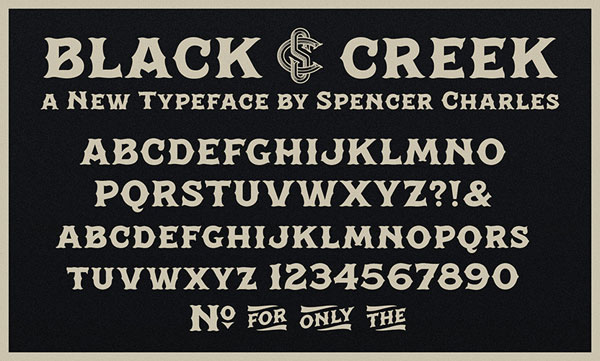
If, in some Freaky Friday-like situation, you could live the life of another designer, illustrator or creative, for a day, who would it be, and why?
Robert Bringhurst. The Elements of Typographic Style was my bible in college, and beyond that, his poems and essays are incredibly articulate, humorous, insightful, and humbling. He tackles written and verbal communication through the lens of a cultural anthropologist, and to be able to see his process and the breadth of his intellectual framework; that would be enlightening.
How would you define success? Do you think you’ve found it yet?
Honestly, this might sound ingratiating, but I try as hard as possible not to think about it. Most rubrics seem to pale in the grand scheme of things. If I can earn a decent living drawing letters, doing continuous research, and constantly pushing myself to evolve the quality of my work, then I can’t ask for much more. If I can inspire others to do the same, even better.
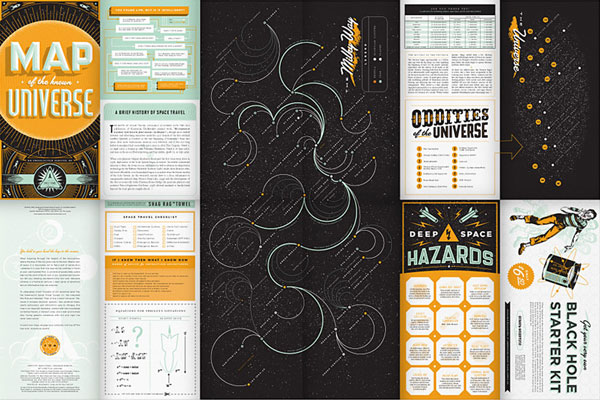
And finally, what tips would you give to anybody who is looking to get started in design?
Listen very closely to other people’s criticisms, insights, and advice. Work for someone whose work you deeply respect. Ask a lot of questions, but always be prepared to dig for an answer.